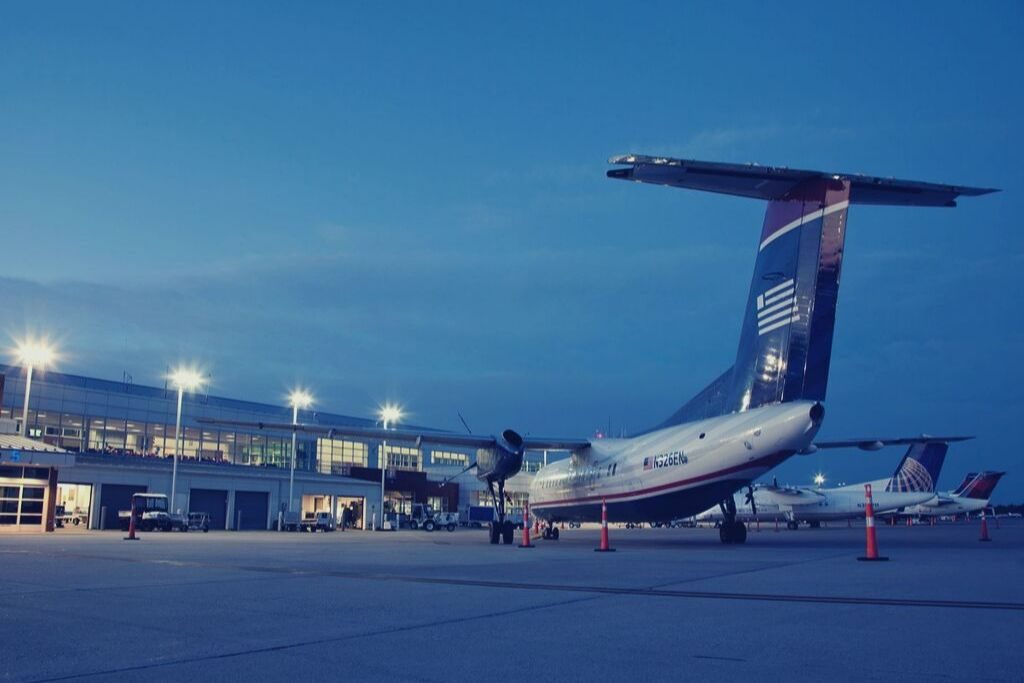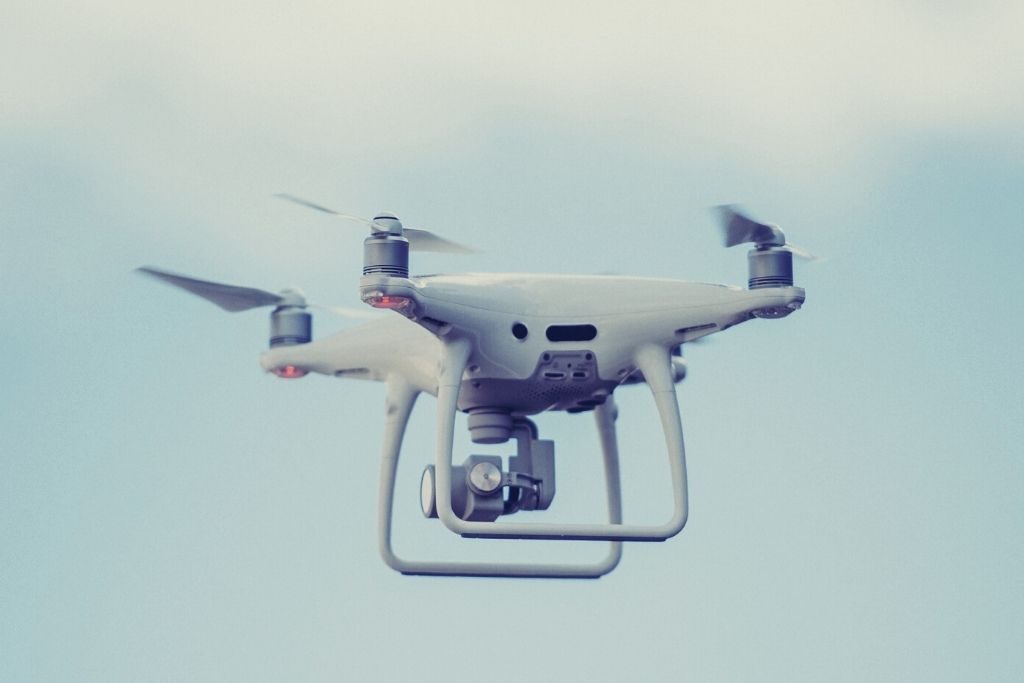For 60 years, the Charlottesville-Albemarle Airport (CHO) in Virginia has proven small but mighty. Its terminal takes up just an acre and a half with 50 flights that take off and arrive daily from a single runway. For comparison, the Hartsfield-Jackson International Airport in Atlanta, located an eight-hour drive south, has a terminal complex of over 156 acres with 2,700 flights daily.
Its diminutive size, however, conceals staggering growth. In 2018, CHO served 696,512 passengers, a 10 percent increase from the previous year. Even more impressive: that number has increased by 97 percent over the past decade. With such rapid growth in so little space, the airport struggled to continue delivering the amenities—food, bathrooms, and most importantly safety—expected of much larger airports. Doorway security checks at peak hours were a particular challenge as arriving customers jammed the exit lanes, overwhelming existing infrastructure.
We used to have revolving doors that dated back to 1995. We needed newer technology that would increase passenger throughput.
Melinda Crawford, Executive Director, CHO
In response, the airport spent years expanding and updating its capacities. In 2014, the airport undertook a major upgrade to keep pace that cost over $13 million. In 2012, it completed an 800-foot runway expansion. Upgrades have also included new and improved restrooms, a new restaurant and bar, a new retail store, and additional parking.
One of the trickiest, and most important, challenges the airport had to deliver on, however, was getting the growing numbers of passengers through exit and entryways without compromising on security.

Moving people efficiently through space is important in any building but those complications spiral in an airport where passengers must move from landside (the area of an airport open to the public) to airside, the tightly regulated spaces that include runways and areas where planes taxi and load. Traditionally, the airport had security guards watching all revolving doors to prevent unauthorized entry in either direction. As airport traffic surged, however, the capacity of individual human guards to keep the airport safe and efficient faltered.
In 2016, the airport came up with a solution: the Exit Lane Breach Control. This method involves half-height or full-height double doors that automatically open or close, based on a programmed flow or interlock mode, with the flow of passengers. Advanced sensors can monitor people passing through the wrong side, suspicious activity, or unattended objects. When necessary, an alarm will alert security staff— all without the need for a single guard.
It’s just one example of how new technology can help air travel fly seamlessly into the future—and prove that size doesn’t matter.







